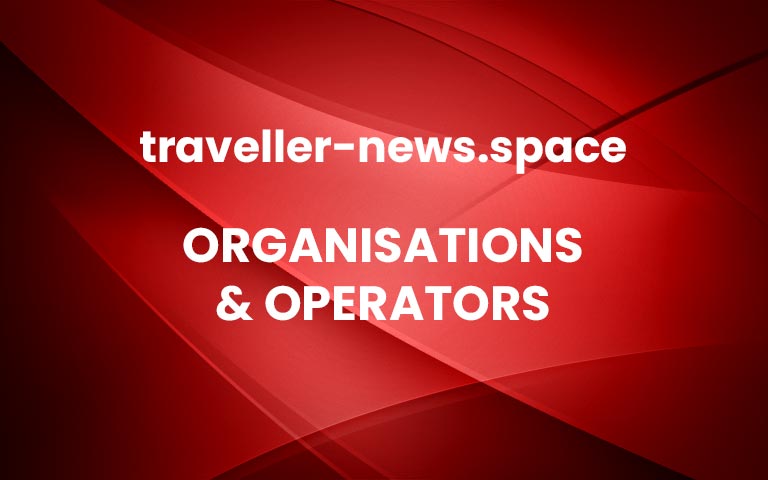American Airlines announces new international routes for next summer
Keep the bags packed for summer vacation as American Airlines announces six new routes to Europe and South America for travelers to experience in summer 2026. American will debut new service to Prague (PRG) and the only nonstop service from the U.S. to Budapest, Hungary (BUD). The airline will also add new routes to popular […] More


